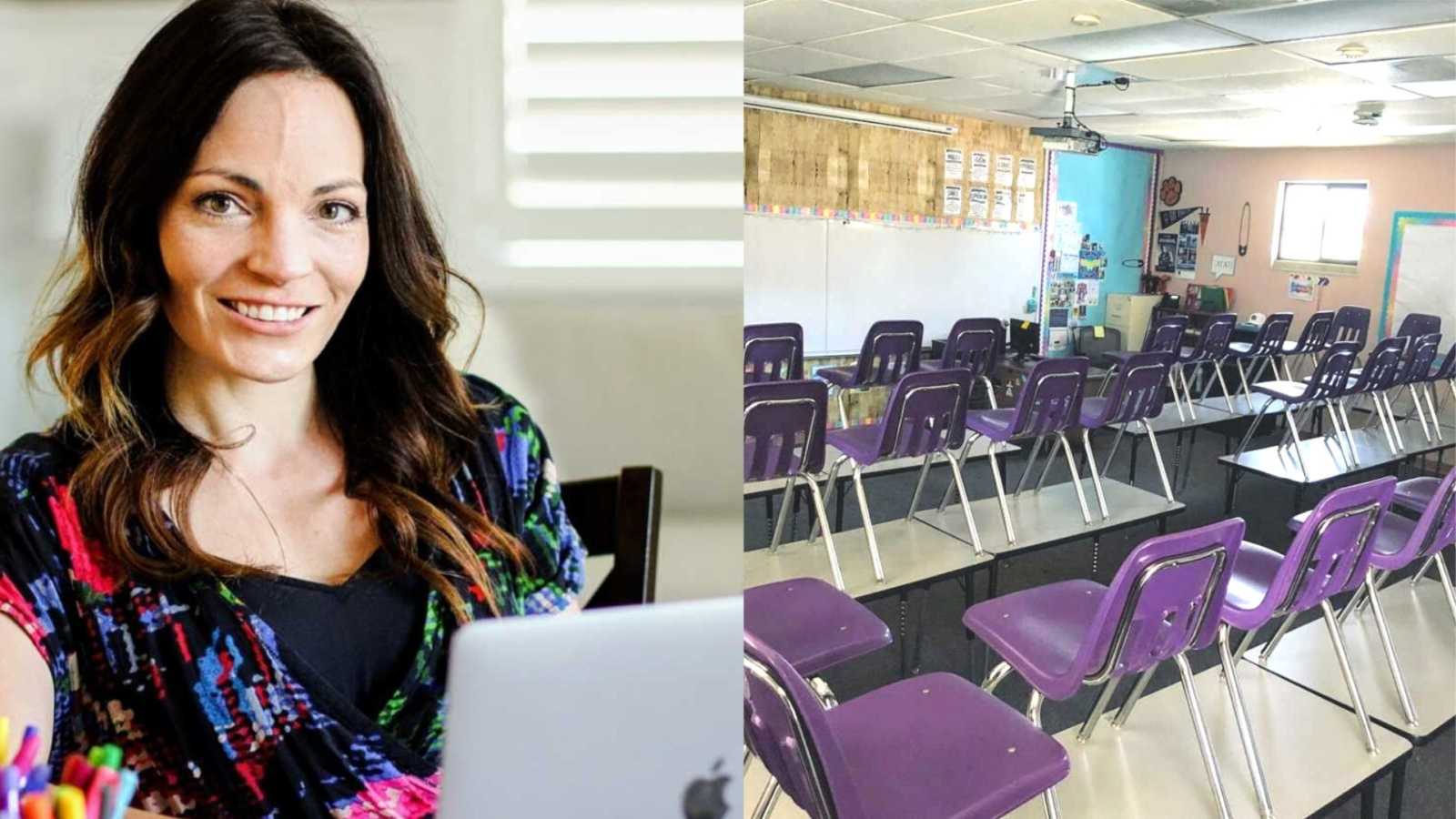“This August marks my 11th year teaching high school English, and every single summer since I first signed my teaching contract, I’ve looked forward to the first day of school and the back-to-school season. I’m that teacher who has a hard time falling asleep the night before the first day of school because I am just so excited to meet my new students, start a new school year, and be back in the classroom. It’s an uncontrollable, unfettered, intense giddy excitement that keeps me up at night before the first day of school.

Teaching is actually my second career, and after working in the private sector for a while, I went back to school to earn my teaching credentials because I felt an intense calling to be back at school. I grew up loving school. It reminds me of my childhood when I felt the same excitement every year before the first day. Looking back, I know I made the right decision to change my career and become a teacher because I’ve always loved school.
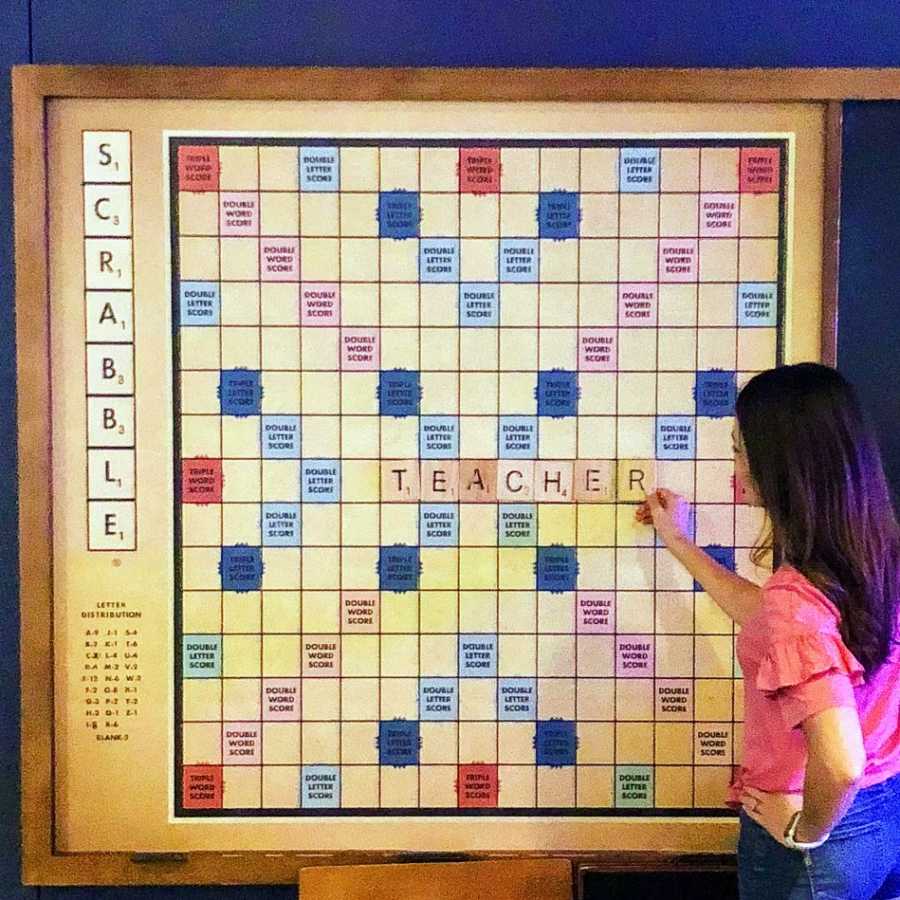
I usually spend my summer months eagerly planning for new engaging activities, shopping for new supplies and decor for my classroom, reading teacher professional development books, creating new secondary ELA resources, and blogging about teaching. And while I’ve planned and blogged about teaching this summer, I’ve spent more time worrying about the upcoming school year.
You see, never before have I ever felt so conflicted about the end of summer and the school year’s return. Never before have I ever spent so many summer moments worrying about what the new school year will look like and hoping all of my students are doing well, mentally, physically, and emotionally, during a global pandemic. I teach at a high school in southern California, and when we closed back in March, none of us imagined what would happen. At first, we, perhaps optimistically, thought it would be a short, 3-week hiatus from in-person instruction. Those three-weeks turned into a month, which turned into the rest of the year.
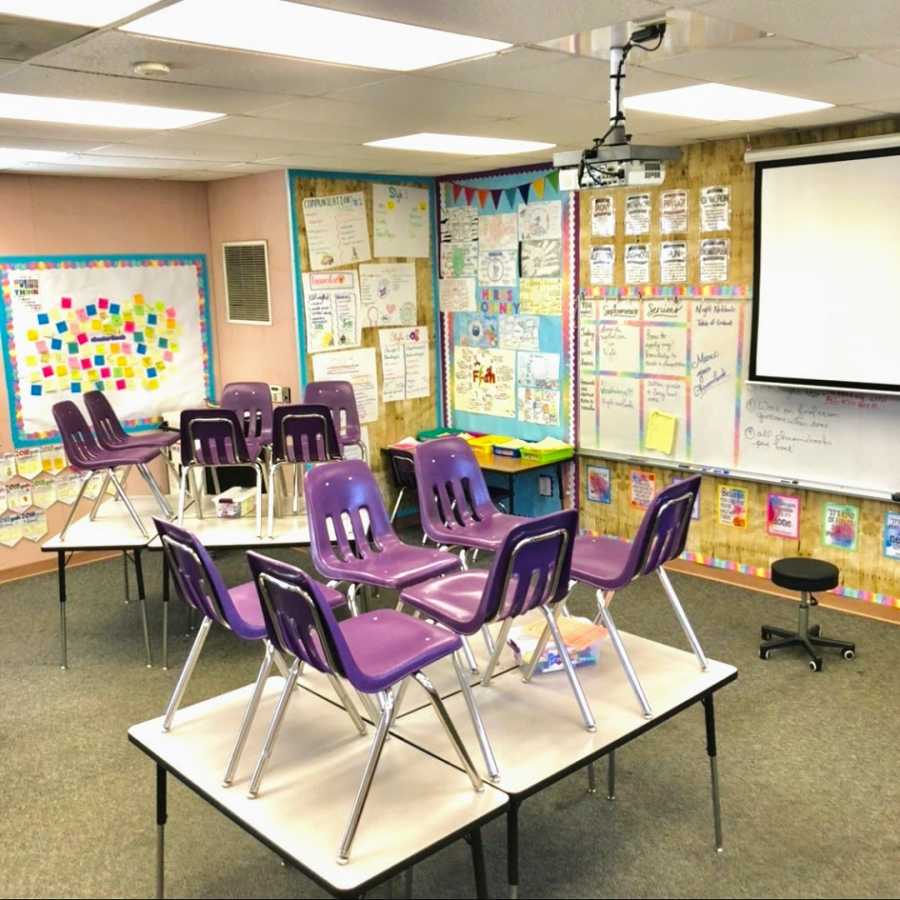
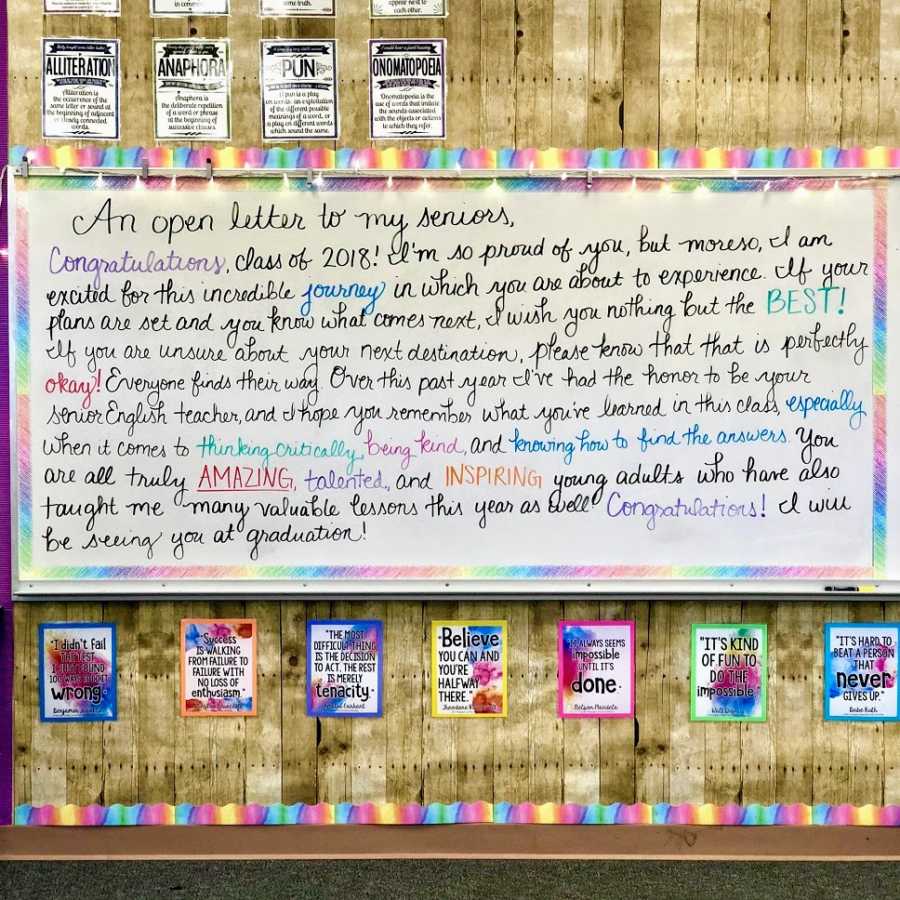
When the schools closed in March, California was in an interesting situation regarding lessons, instruction, and grades. Our governor stated students must be ‘held harmless’ during emergency distance teaching. That meant students could not be penalized for not completing work. And while this order from the governor was essential to help prevent kids from experiencing inequitable negative consequences from a situation many of the kids might not have control of, it made teaching challenging and somber. Teaching this way was, and still is, just so sad.
Once many of the students in the area found out their grades could not go down, even if they stopped working and participating entirely, participation tanked. I spent much of my time checking in with all of my students to see how they were doing and see if they understood the weekly assignment. I sent out an informational email weekly to students and parents, outlining the instruction and assignments for the week and the details for our live class call.

I also spent a lot of time contacting students, especially those with Ds and Fs, making sure they are okay, and encouraging them to complete the distance learning lessons and assignments to help raise their grades. Throughout emergency distant teaching last school year, I kept a notebook of all of my students who had Ds and Fs; my primary goal for this list was to help each of those students raise their grades and get off of that list. The last thing I wanted was for a student to end the school year with a D or F because they were in a situation that wasn’t conducive to online learning. Each week as I updated grades, I would slowly move some Fs to Ds as students raised their grades, or I would cross off a student’s name entirely. Every time I crossed a student off my list, I’d do a little victory dance in my kitchen. One of the highlights of that dark time was emailing students and their parents positive, uplifting news. For the most part, parents were very appreciative of the extra communication last semester.
And while there were many heartfelt moments during distance teaching last year, it was also packed with frustration. Due to low student engagement, I combined all of my classes into one instructional Zoom call. Out of 175 students, only 10-15 students would log in for in-person interaction. It was disheartening, but I wanted to show up for my students who were there despite the low engagement. I did my best to make the synchronous instruction fun by playing educational games during our call, but it felt like I was fighting a losing battle. My students knew their grades could not go down, and so, if they were happy with their grades, they stopped participating in school.
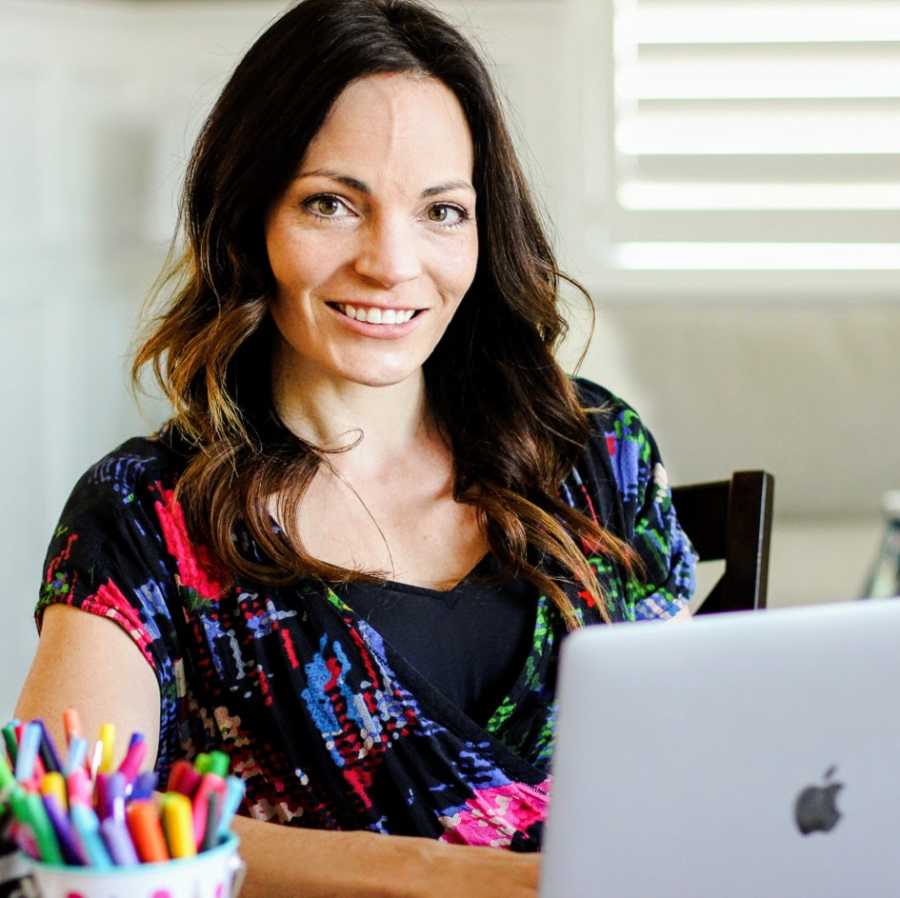
As the new school year looms in the distance, I am uncertain about what it will look like. As of now, my school will start the new school year with a distance-only teaching model. At first, we were supposed to begin the school year with a hybrid model, but those plans changed. One thing I can tell you about this new school year, though, is that I won’t feel the same giddy excitement on the eve of the first day of school. Yes, I am eager to meet my new students and engage them in rigorous, insightful lessons, but I’m a mixed bag of emotions. That bag also contains a lot of anxiety, uncertainty, and questions.
I’m approaching this new school year wearing two hats: high school English teacher and mom of two children. My daughter will start kindergarten in a couple of weeks. I’m so sad for everything she will miss. However, she doesn’t really know what she is missing since kindergarten will be different from preschool. On the other hand, my son, who is entering third grade, knows what he is missing. I wish my children and every other student could be back in school.
I wish they could experience the back-to-school excitement of not being able to fall asleep the night before. I wish parents and children could walk into classrooms and take those cherished first-day-of-school photos after they find their nameplates for the first time. I wish children could interact with their teachers in-person and sit together with their new classmates on the rug for storytime. And likewise, for my high school students, I wish I could be there at the door to greet them for the first time as they walk into our classroom. I wish we could share those first days of school to get to know one another and create a classroom community. I wish I could engage them in the hands-on, collaborative, engaging activities I love facilitating in my classroom.
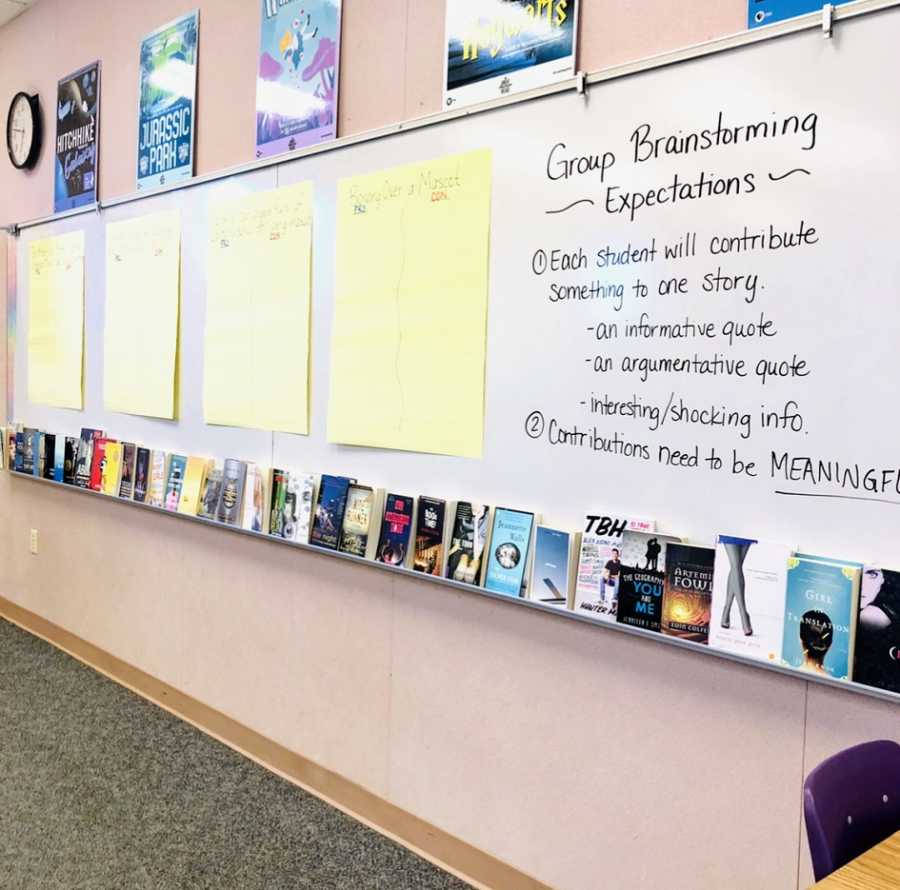
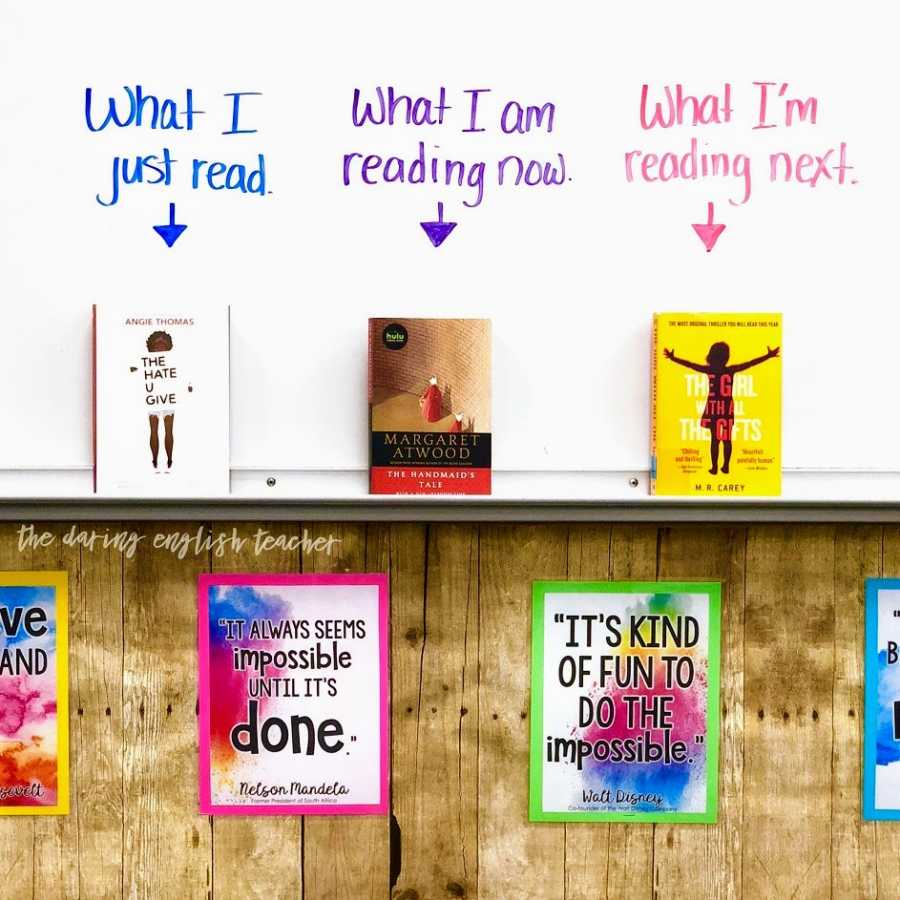
But that is not the case. We are starting the new year remotely. And while I feel like this is the safest option, it doesn’t mean I don’t want to be in the classroom. To be honest, I was pretty nervous about returning to in-person instruction. I was worried about catching the virus at work and bringing it home to my family. I was also concerned for my coworkers who are high-risk. Hearing the definitive news that the school year would start remotely was reassuring, but also disappointing. It feels like there is no winning while the nation faces the Covid-19 pandemic. There is no single solution that will please everyone, satisfy students’ social and emotional needs, and be entirely safe.
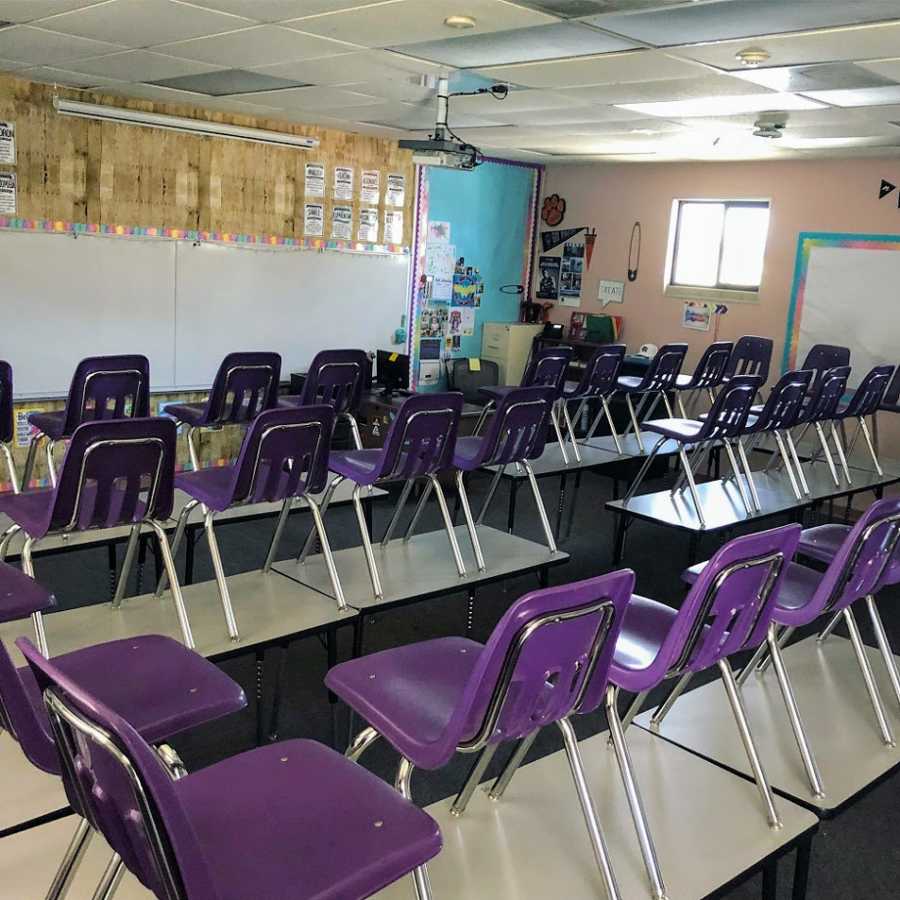
This new school year will be much different than the distance teaching that occurred last year. In March, teachers completely pivoted and altered plans overnight, without any training. For the upcoming year, unlike last year, participation in online learning is compulsory. Teachers have new training and guidelines for delivering effective, engaging lessons virtually.
With the new school year, there are also new obstacles. I worry about my students whose parents both work. Will those students be able to access our synchronous learning sessions? I worry about my students who aren’t in a good mental state and rely on daily, in-person interaction with their friends or trusted teachers. I worry about my students who might be worrying about their family members’ health. These challenges might stand in the way of academic success. How is it fair that kids who are in challenging situations be assessed the same as a student who doesn’t face these obstacles? The inequity, even as the state focuses on increasing funding to ensure every student has a device, is heartbreaking. I also know parents have these worries as well.
Just like teachers, parents were suddenly thrown into lockdown without much, if any, notice. As a parent myself, I experienced the frustration first-hand with establishing a new school routine at home, logging into my son’s school accounts, and continuing his education at home while also teaching my students. Having students learn remotely is not easy for parents, and, as a teacher, I completely understand that.
Going into the new school year, I know parents will be hesitant and worried about their children. Parents, we are tired, and our children miss school. So, I understand that we (parents, students, teachers, and school staff) are starting the brand new school year fatigued and worried. I feel that same worry for my own children and my students. Rather than not being able to fall asleep because we are so excited to start the new year, we are having trouble sleeping because we are worried about how we will manage to get it all done.
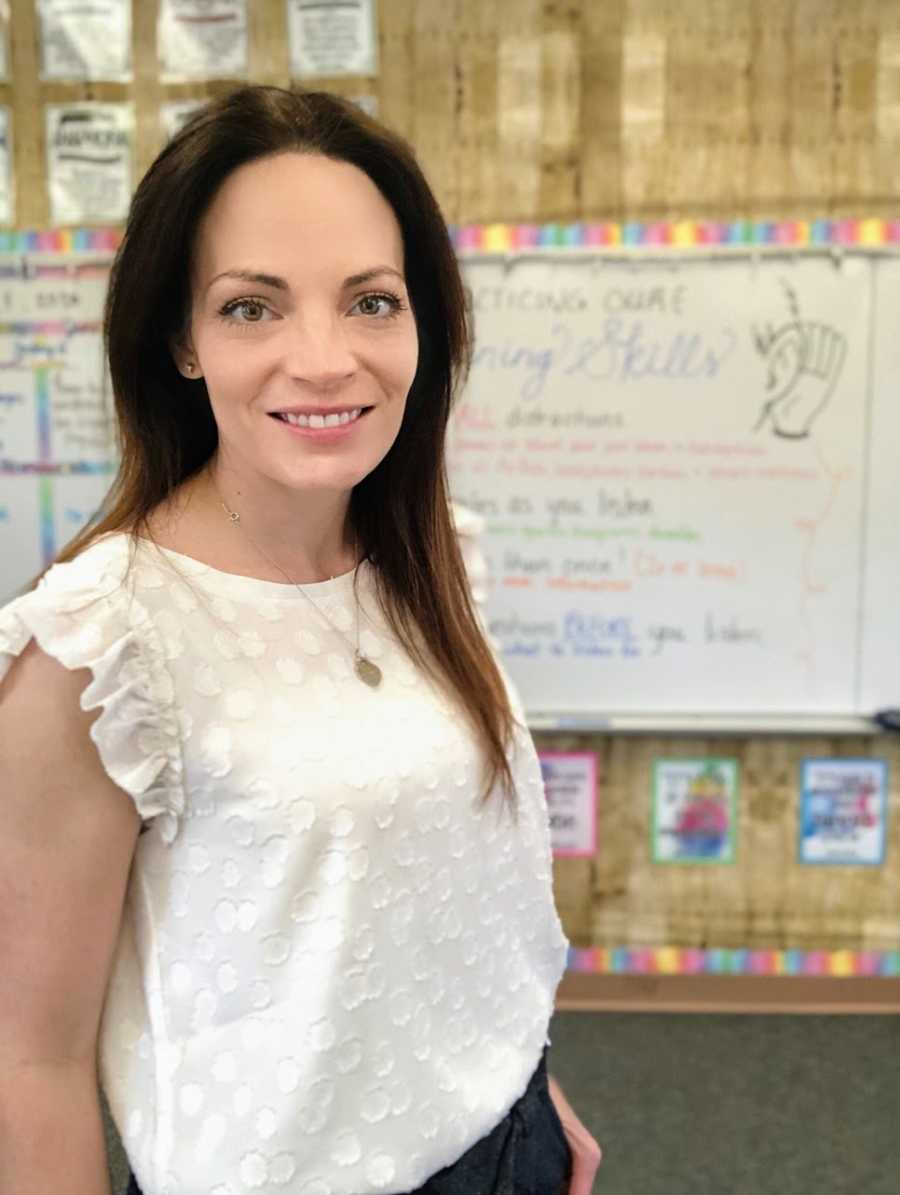
However, we need to know this scenario isn’t permanent. This ‘new normal’ of distance learning, Zoom calls, Google Classroom, and packet work won’t last forever. As a community, as a nation, we will get through this, and schools will eventually reopen for full in-person instruction completely unobstructed by pandemic guidelines and fears.
One of the best ways to deal with the stress, worry, and anxiety of the coming school year is to focus on the positive and be a beacon of light for our kids. Children and teenagers are impressionable. If they know or can sense their parents are upset with the school situation, their child’s teacher, or the school work, they will absorb that negativity and bring it to the classroom. It will affect how the child approaches education.
Even though our world isn’t ideal at the moment, even though we aren’t where we would like to be, the best thing to do to get through the stress and frustration of the school year is to look at the bright moments, the positive highlights, the beacons of light. For this upcoming school year, I will focus on the shining moments, the positive student updates I get to send, the moments, though they are digital now, that reassure me why I became a high school English teacher in the first place. And while this upcoming school year will be tough, I know there will be a time in the future when I lie awake in bed, giddy with excitement to greet my new students at my classroom door on the first day of school again.”
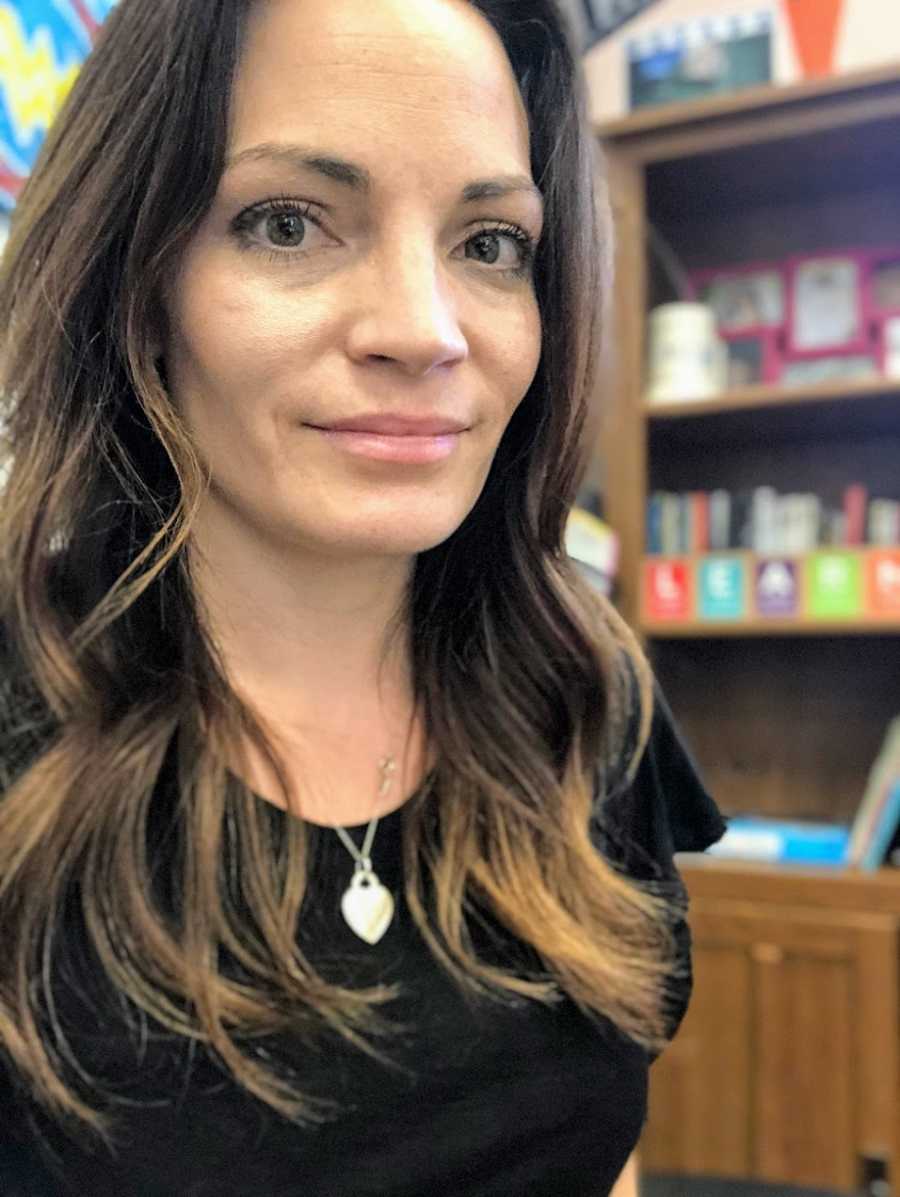
This story was submitted to Love What Matters by Christina Schneider of California. You can follow her journey on Facebook, Instagram, and her blog. Submit your own story here and sure to subscribe to our free email newsletter for our best stories, and YouTube for our best videos.
Read more stories like this:
Provide beauty and strength for others. SHARE this story on Facebook with your friends and family.

